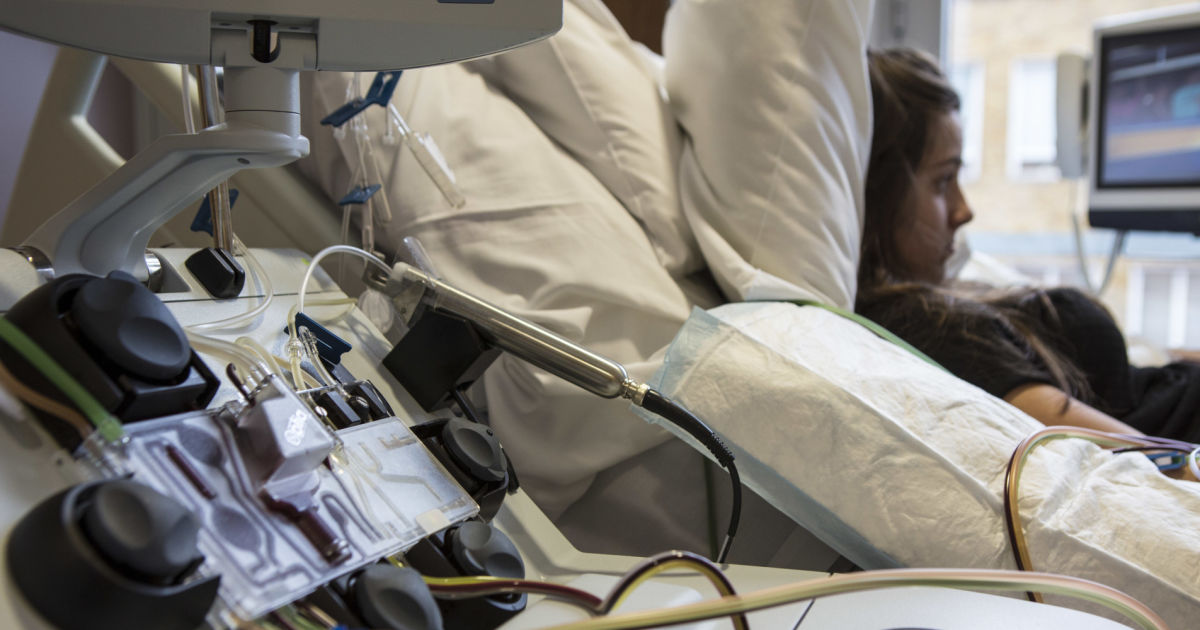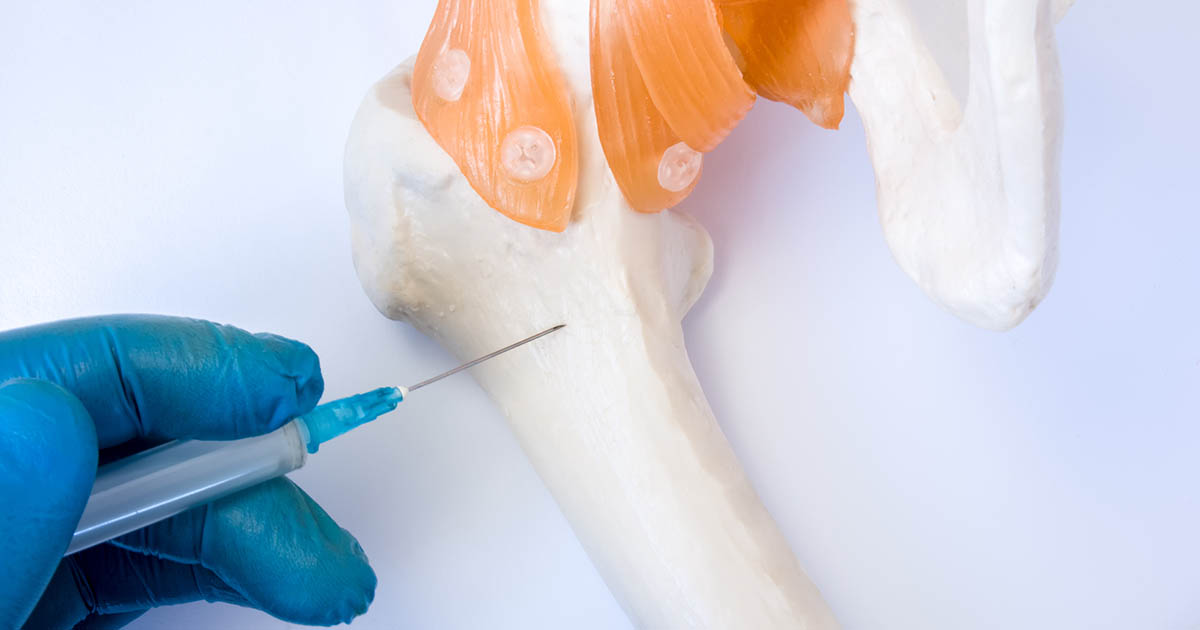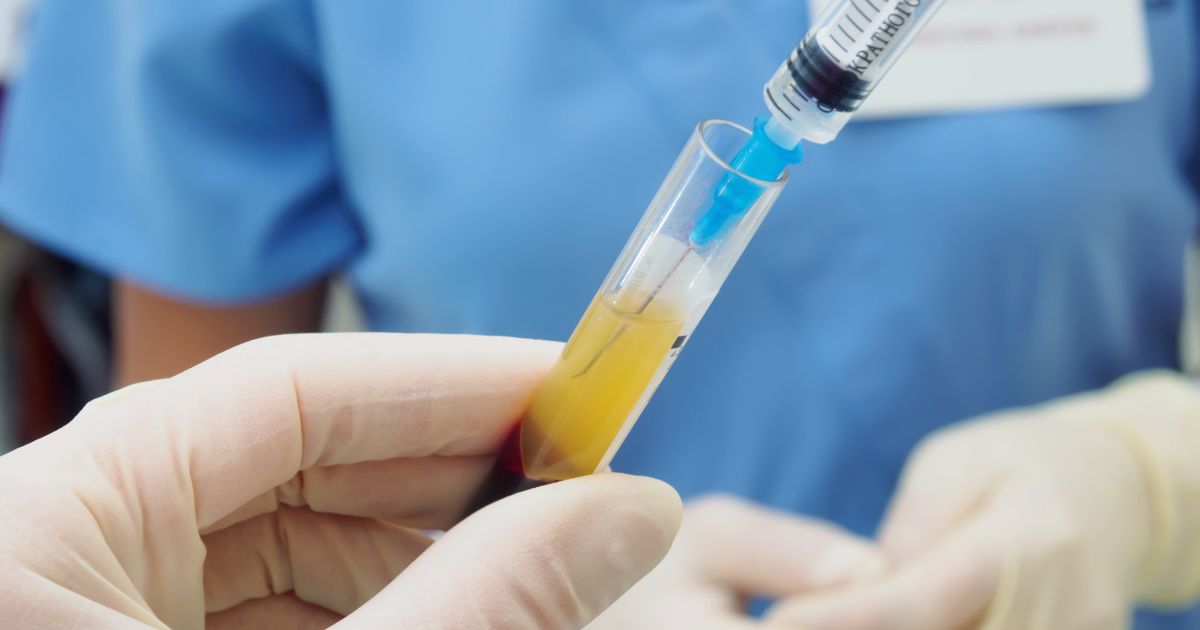An Overview Of Stem Cell Replacement
Stem cell replacements, also known as bone marrow transplants, may be done when an individual's bone marrow stops working and does not produce enough healthy cells. A stem cell replacement is a procedure characterized by replacing diseased bone marrow with healthy stem cells. Stem cell replacements may use healthy cells from the patient's own body or from a suitable donor. Keep reading to learn more about this procedure, including the types that may be used, what to expect, its side effects, and what conditions stem cell replacement can help treat.
What Are Stem Cells?

Stem cells are unique human cells with the ability to differentiate into numerous different types of specialized cells in the body. Every cell in the body starts off as a stem cell. All stem cells can self-renew and differentiate into more specialized cells. Stem cells are classified into types based on where they originate from and what they can and cannot do. Embryonic stem cells come from in inner cells of a human blastocyst that develops three to five days after a sperm fertilizes an egg. Adult stem cells are further specialized than embryonic stem cells. These stem cells have the ability to differentiate into different types of cells within the specific organ or tissue they live in. Induced pluripotent stem cells are cells specially engineered in a laboratory by the conversion of tissue-specific cells into cells that behave similarly to embryonic stem cells. Currently, stem cells are used to treat a variety of bone marrow and blood diseases, immune disorders, and blood cancers. The stem cells used in such treatments are adult somatic stem cells that are able to make all cell types that make up blood.
Learn about who can donate stem cells now.
Who Can Donate?

Each registry system for stem cell donors has different health and demographic criteria an individual must meet to donate stem cells. In order for a donor to match with a recipient, they have to have HLA typing done from a standard blood test. Everyone has a set of blood cell surface proteins that include HLA markers and histocompatibility antigens. There are ten critical HLA markers that have to be compared in each individual to find out if the donor is a match. While each registry differs, the main criteria guidelines most of them have in common include being between eighteen and sixty years old and free of medical issues such as HIV/AIDS, bleeding problems, significant brain injury, cancer, heart disease, stroke, and chronic kidney problems. The criteria for stem cell donors who are unrelated to the recipient are often much more strict than the criteria guidelines for biologically related donors. In many circumstances, a family member who donates to another family member will have one or more pre-existing conditions or diseases that would prevent them from meeting the suitability criteria for unrelated stem cell donors.
Uncover the details regarding the types of stem cell transplants used now.
Types Of Transplants

There are three types of stem cell transplants used in the treatment of various conditions and diseases. An autologous stem cell transplant is one that utilizes the receiving patient's own stem cells. With an autologous stem cell transplant, the patient will go through both the collection process and the replacement procedure. An allogeneic stem cell transplant utilizes the stem cells from another individual who is a match to the receiving patient. In order for the donor to be a match, they have to have white blood cell antigens or tags that closely resemble those of the receiving patient. The stem cell donor may be genetically related to the receiving patient, or they could be an individual found through a donor registry system. A syngeneic stem cell transplant is one the utilizes the stem cells of the receiving patient's identical twin. The type of stem cell transplant a patient will undergo depends on several factors including the nature of their disease, their overall health, age, and availability of a donor.
Continue reading to reveal the reasons a stem cell replacement might occur now.
Reasons For Stem Cell Replacement

Stem cell replacements are common for individuals with cancer. This treatment method may help a cancer patient in a few different ways. First, it may safely allow a patient to be treated for cancer with high dosages of chemotherapy and radiation. The point of stem cell replacements is this procedure replaces diseased bone marrow with new, healthy cells that help the body function in a healthy manner. Lastly, because they provide new, healthy cells, stem cell replacements may help naturally kill cancer cells.
Continue reading to discover the various types of cancer this procedure can help treat.
Types Of Cancer Treated

Stem cell replacements may be used to treat both malignant and benign diseases, such as primary amyloidosis, plasma cell disorders, non-Hodgkin’s lymphoma, multiple myeloma, inborn metabolism errors, and immune deficiencies. Stem cell replacements also help treat Hodgkin’s lymphoma, chronic leukemia, bone marrow failure syndromes, acute leukemia, aplastic anemia, myelodysplastic syndromes, hemoglobinopathies, adrenoleukodystrophy, and POEMS syndrome. Considering most cancers are treated with rounds of chemotherapy and radiation, a stem cell replacement may be necessary for some patients as these forms of treatment, when done in high doses, can damage or destroy the body's bone marrow.
Explore the various risks and complications associated with this treatment method now.
Risks And Complications

There are many risks associated with stem cell replacement. Some, unfortunately, are potentially deadly. Risks depend on the type of disease and transplant, as well as the health of the patient receiving the replacement. Most patients do not have any trouble with a stem cell replacement procedure. The few who do experience problems may require treatment or hospitalization due to complications. Stem cell transplants can result in stem cell failure, infections, cataracts, cancer, infertility, graft-versus-host disease, and damage to various organs. In the worst-case scenario, death can occur as well.
Next, find out what graft-versus-host-disease is and its connection to stem cell replacements.
Graft-Versus-Host Disease

Complications may arise between the donor and the patient receiving the treatment that puts the patient at an increased risk of developing graft-versus-host disease (GVHD). This disease occurs when cells taken from the donor are perceived as foreign invaders by the patient's body after receiving the treatment. Since the new immune system does not recognize these cells, it may attack them. This can result in numerous damaged organs and tissues. Symptoms of GVHD include shortness of breath, joint or muscle pain, coughing, rash, the appearance of scars on the skin, dry eyes, mouth sores, abdominal pain, dry mouth, jaundice, vomiting, nausea or diarrhea.
Uncover how a patient can properly prepare for a stem cell replacement now.
Preparing For Stem Cell Replacement

A doctor or medical professional will usually require a patient to go through a series of tests before the stem cell procedure takes place. The purpose of this evaluation is to make sure the patient is physically and mentally prepared to undergo surgery. Initially, a patient is further prepared for the procedure by receiving chemotherapy to eliminate the diseased cells and malfunctioning bone marrow, so the new cells are not contaminated in any way. A surgeon may also implant an intravenous catheter into the large vein of a patient’s chest or neck. This usually stays in place for the duration of the treatment and is used to transport the new cells and medications into the body in a safe manner.
Learn more about how the procedure works now.
How The Procedure Works

We know stem cells can be transplanted using the patient's own stem cells or stem cells from another donor. Before the procedure, the receiving patient or the donor receives injections of certain medications that move the blood-forming stem cells from the bone marrow into the bloodstream. The stem cells from either the donor or the patient's blood will be removed from the rest of the blood and frozen. The individual receiving the stem cells has a conditioning treatment that involves the use of chemotherapy and or radiation to clear out any cancer cells and destroy existing stem cells. During the procedure, the receiving patient will rest in a comfortable chair for several hours while the infusion is administered through a central line in their neck. Once that has been done, the patient's body will form a new immune system from the bone marrow within four weeks following the procedure. If the stem cells came from a donor, the receiving patient will receive anti-rejection medication and antibiotics to stimulate their body to accept the new cells. The receiving individual is usually hospitalized for a month post procedure to ensure any complications are addressed immediately.
Keep reading to find out what a patient can expect after the procedure is completed.
What To Expect After The Procedure

Of course, like any treatment, stem cell replacement can result in an array of potential side effects. During the procedure, the patient is often awake, which includes transplanting new cells into the central line. The cells then find their way to the patient’s bone marrow where they are hopefully accepted without any problems. It may take several weeks for new blood cells to be produced. After the procedure, a patient may be given fluids through an IV drip. Side effects that can occur include fever, diarrhea, chills, hives, nausea, or red urine. If a patient encounters side effects, it is crucial for them to report everything to their attending physician. Prompt follow-up is essential if the benefits are to be fully realized and complications avoided as much as possible.
